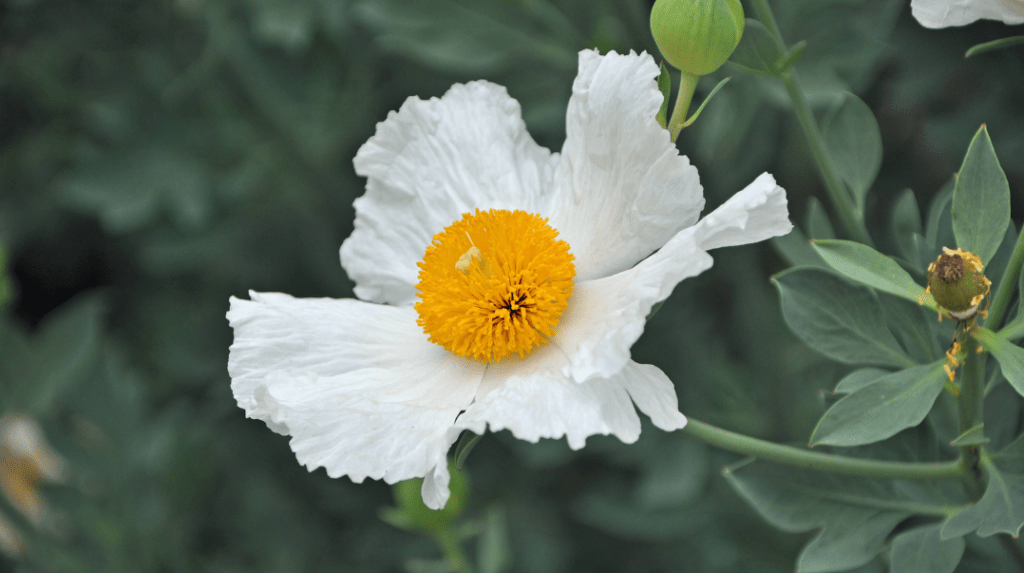
Romneya Poppy: How to Grow and Care for These Dramatic Flowers
Romneya Poppy, also known as Matilija Poppies, are stunning and dramatic flowers that can make a beautiful addition to any garden. In this comprehensive guide, we will provide you with all the information you need to grow and care for these striking flowers. From planting and watering to soil requirements and maintenance tips, we’ve got you covered. Whether you’re a seasoned gardener or just starting out, this guide will help you ensure that your Romneya Poppies thrive in your garden. So let’s dive in and learn how to cultivate these beautiful and unique flowers.
Table of Contents
ToggleUnderstanding Romneya Poppy
A. Description of the plant and its flowers
Romneya Poppies are native to California and are known for their large, showy white flowers with yellow centers. These flowers can grow up to 9 inches in diameter and are often referred to as “fried egg flowers” due to their unique appearance. The plant itself can reach heights of 6-8 feet, making it a striking addition to any garden landscape.
Choosing the Right Romneya Poppy Variety
A. Popular Romneya poppy varieties
There are several popular varieties of Romneya Poppies to choose from, including the Romneya coulteri, also known as the California tree poppy, which is the most common variety found in gardens. Other popular varieties include the Romneya trichocalyx, also known as the Baja tree poppy, and the Romneya harveyi, known as the Catalina tree poppy. Each variety has its own unique characteristics, so it’s important to choose the one that best suits your garden’s needs and climate. Planting and Growing Romneya Poppies.
B. Factors to consider when selecting a variety
Factors to consider when selecting a variety of Romneya poppy include the climate and growing conditions in your garden, as well as the specific characteristics of each variety. For example, the Romneya coulteri is well-suited to Mediterranean climates and thrives in full sun, while the Romneya harveyi is best suited to coastal areas with mild winters. It’s important to consider the height and spread of the plant, as well as its flowering time and color, to ensure it complements the overall aesthetic of your garden. Additionally, consider the maintenance requirements of each variety, as some may be more high-maintenance than others. By carefully considering these factors, you can select the right Romneya poppy variety for your garden.
Planting Romneya Poppy
A. Best time to plant Romneya poppy
The best time to plant Romneya poppy is in the early spring or fall, when the weather is cooler and the plant has a better chance of establishing itself before the heat of summer or freezing temperatures of winter. It’s important to choose a location with well-drained soil and full sun for optimal growth. Make sure to water the plant regularly, especially during its first year of growth, to help it establish a strong root system. With proper care and attention, your Romneya poppy should thrive in your garden.
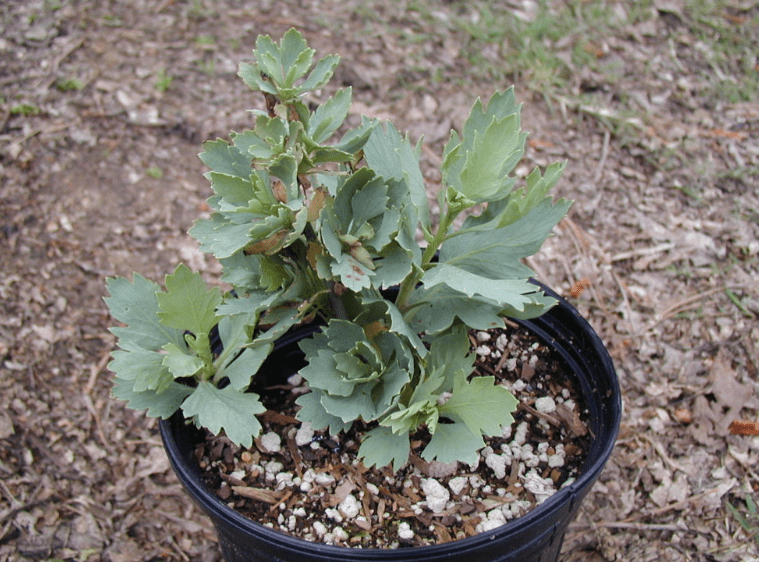
B. Selecting the right location
When selecting a location for your Romneya poppy, it’s important to choose a spot with well-drained soil and full sun. These plants thrive in sunny, open areas and do not tolerate wet or shady conditions. Avoid planting them in low-lying or waterlogged areas, as this can lead to root rot and poor growth. Additionally, consider the size of the variety you are planting and make sure there is enough space for the plant to spread out as it grows. By carefully considering these factors, you can select the right spot for your Romneya poppy to thrive in your garden.
C. Preparing the soil
1. Soil testing and amendments
Soil testing is an important step in preparing the soil for planting Romneya poppies. Conduct a soil test to determine the pH level and nutrient content of the soil. Based on the results, you may need to make amendments to improve the soil quality. Adding organic matter such as compost or well-rotted manure can help improve drainage and provide essential nutrients for the plants. It’s also important to loosen the soil and remove any debris or weeds to create a suitable growing environment for the poppies. Taking the time to properly prepare the soil will set the stage for healthy growth and beautiful blooms.
2. Preparing planting beds
When preparing planting beds for Romneya poppies, it’s important to start by clearing the area of any debris or weeds. Once the area is clean, consider adding organic matter such as compost or well-rotted manure to improve soil quality. Use a shovel or garden fork to loosen the soil and create a suitable growing environment for the poppies. It’s also a good idea to consider the spacing and layout of the planting beds to ensure optimal growing conditions for the poppies. Taking the time to properly prepare the planting beds will contribute to healthy growth and beautiful blooms.
D. Step-by-step planting guide
- Clear the area of any debris or weeds
- Add organic matter such as compost or well-rotted manure to improve soil quality
- Use a shovel or garden fork to loosen the soil
- Consider spacing and layout for optimal growing conditions
- Taking the time to properly prepare the planting beds will contribute to healthy growth and beautiful blooms.
Care and Maintenance
A. Watering requirement
- Check the soil moisture regularly to determine when to water
- Water deeply and thoroughly, ensuring the roots are getting enough moisture
- Consider using a soaker hose or drip irrigation system for more efficient watering
- Water in the morning to reduce evaporation and prevent mold and disease
- Adjust watering frequency based on weather conditions and plant needs
B. Fertilizing
- Use a balanced fertilizer for most plants, following the instructions on the package
- Consider using organic fertilizers for a more sustainable option
- Apply fertilizer in the early spring and again in mid-summer for most plants
- Avoid over-fertilizing, as it can harm plants and lead to nutrient runoff
C. Pruning and deadheading
- Pruning is the process of removing dead or overgrown branches to promote healthy growth and shape the plant.
- Deadheading refers to the removal of spent flowers to encourage new blooms and prevent the plant from setting seed.
- Both pruning and deadheading should be done regularly to maintain the health and appearance of your plants.
- Different plants have different pruning and deadheading needs, so it’s important to research and understand the specific requirements for each plant in your garden.
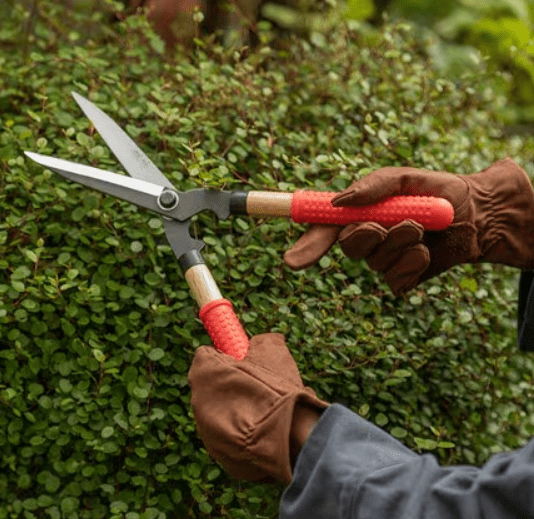
Managing Pests and Diseases
A. Common pests affecting Romneya poppy
Common pests include aphids, Slugs and snails. To manage these pests, you can use insecticidal soap or neem oil to spray the affected plants. It is important to regularly inspect your plants for any signs of pest infestation and take action to prevent further damage.
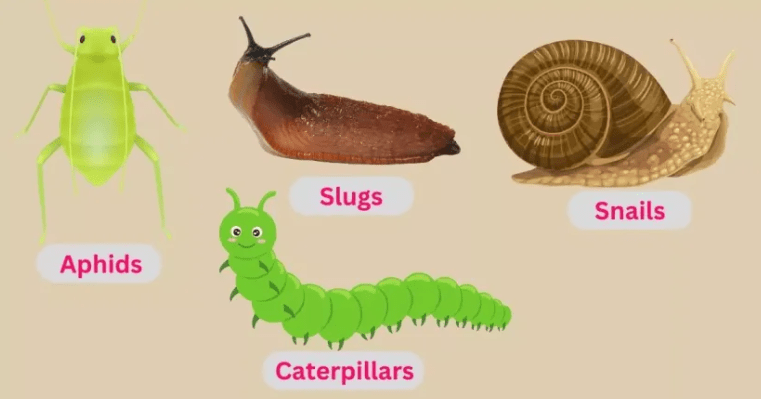
B. Common diseases in Romneya poppy
Common diseases in Romneya poppy include powdery mildew and root rot. To prevent these diseases, it is important to avoid overwatering and to provide good air circulation around the plants. If your plants do become infected, you can use fungicides or other treatments as recommended by a horticulturist or plant care specialist. Regularly monitoring your plants for signs of disease and taking prompt action is crucial to maintaining their health and vitality.
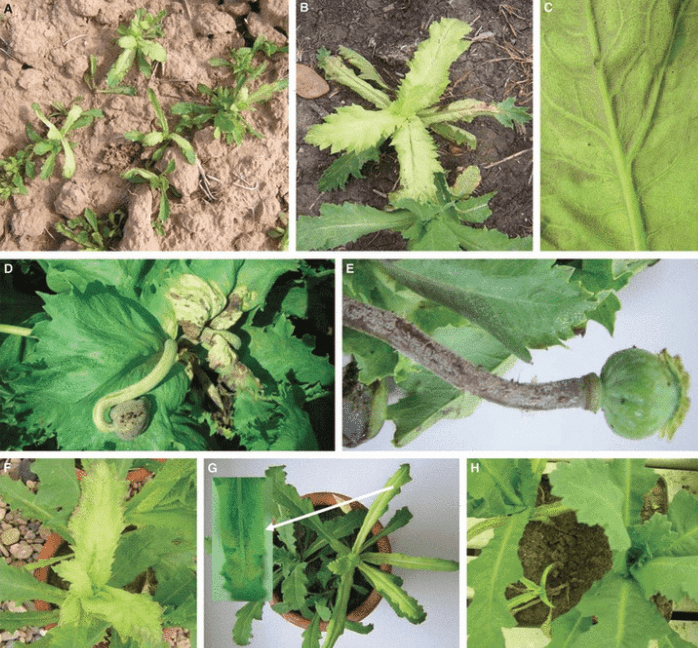
C. Organic and chemical control methods
Organic control methods for pest infestation in plants include using natural predators, such as ladybugs or lacewings, to help manage the population of harmful insects. You can also use insecticidal soaps or horticultural oils to control pests while minimizing harm to beneficial insects and the environment.
Chemical control methods involve using synthetic pesticides to manage pest infestations. It is important to carefully read and follow the instructions on the pesticide label, as well as take necessary safety precautions when using these chemicals.
When choosing a control method, consider the specific needs of your plants, the severity of the infestation, and the potential impact on beneficial insects and other wildlife. Always consult with a gardening professional or horticulturist to determine the best approach for your specific situation.
Supporting Romneya Poppy Growth
A. Providing structural support for taller varieties
Providing structural support for taller varieties of Romneya poppies can help prevent them from flopping over in the garden. You can use stakes, hoops, or other support structures to help keep the plants upright as they grow. It is important to put the support in place early in the growing season, before the plants get too large and difficult to manage. Be sure to secure the support to the ground or container to prevent it from falling over in strong winds or heavy rain. Additionally, regular pruning and deadheading can help stimulate new growth and maintain the overall health and appearance of the plants. Be sure to remove any dead or damaged stems and flowers to encourage continuous blooming throughout the growing season.
B. Controlling the spread of the plant
Controlling the spread of Romneya poppies is important, as they can be aggressive growers in the garden. To prevent them from taking over, it is best to plant them in contained areas or use barriers, such as root barriers, to keep their roots from spreading too far. Regularly removing any new shoots or runners that appear outside of the desired area can also help keep the plant contained. Additionally, deadheading the flowers before they go to seed can prevent the spread of the plant through self-seeding. It is important to stay vigilant and regularly monitor the area to ensure that the plant does not spread beyond its designated space. By taking these preventive measures, you can enjoy the beauty of Romneya poppies without worrying about them becoming invasive in your garden.
Propagating Romneya Poppy
A. Methods of propagation
There are a few different methods for propagating Romneya poppies. One common method is by division, which involves separating the plant’s rhizomes or root clumps and replanting them in a new location. This can be done in the early spring or fall when the plant is dormant. Another method is by taking stem cuttings, where you can take a 4-6 inch cutting from a healthy, established plant and root it in a well-draining soil mixture. It’s important to keep the soil consistently moist and provide the cutting with indirect light until it establishes roots. Additionally, Romneya poppies can be grown from seed, although this method can be a bit more challenging as the seeds have a low germination rate and require specific conditions to sprout. Overall, propagation of Romneya poppies can be done through division, stem cuttings, or seeds, each with their own specific requirements for success.
Designing with Romneya Poppy
A. Garden design ideas incorporating Romneya poppy
One popular garden design idea incorporating Romneya poppies is to create a stunning focal point by planting them in a large, sunny area with well-draining soil. Their large, showy flowers can add a dramatic touch to any garden. Additionally, due to their height, they can be used as a backdrop for smaller plants or as a border to define different garden areas. Another idea is to plant them in a wildflower or cottage garden to add a natural, wild look. Overall, Romneya poppies can be a beautiful addition to any garden design, adding height, color, and a touch of drama.
B. Complementary plants and companions for Romneya poppy
Some complementary plants and companions for Romneya poppies include drought-tolerant perennials such as lavender, yarrow, and ornamental grasses. These plants can help create a cohesive and balanced look in the garden while also providing a contrast in texture and color. Additionally, pairing Romneya poppies with low-growing ground covers or spreading perennials can help fill in the space around the tall poppies and create a lush and full garden bed. Overall, selecting plants that can thrive in similar growing conditions and complement the bold and striking nature of Romneya poppies can help create a harmonious and visually appealing garden design.
Benefits of Growing Romneya Poppy
A. Aesthetic appeal and dramatic blooms
The benefits of growing Romneya poppies include their aesthetic appeal and dramatic blooms. These tall and striking flowers can add a bold and eye-catching element to any garden design. The large white or yellow blooms can create a stunning focal point in the garden, adding height and visual interest. Additionally, Romneya poppies are known for their long blooming period, providing beautiful flowers throughout the summer months. Their unique and iconic appearance can also add a touch of drama to the garden, making them a standout feature in any landscape. Overall, the benefits of growing Romneya poppies include their ability to enhance the beauty and visual impact of a garden space.
B. Attracting pollinators and beneficial insects
In addition to their aesthetic appeal and dramatic blooms, Romneya poppies also have the added benefit of attracting pollinators and beneficial insects to the garden. The large, showy flowers with their prominent stamens and nectar are attractive to bees, butterflies, and other pollinators, helping to support the local ecosystem. By planting Romneya poppies, gardeners can contribute to the health and diversity of the surrounding environment. These flowers can also act as a natural pest control, attracting beneficial insects such as ladybugs and lacewings, which help to keep harmful insects in check. Overall, Romneya poppies provide not only visual beauty but also play a valuable role in supporting a healthy and thriving garden ecosystem.
C. Low maintenance and drought tolerance
Romneya poppies are an excellent choice for low-maintenance and drought-tolerant gardens. These plants are well-adapted to dry, arid environments and require minimal water once established. This makes them a great option for gardeners looking to conserve water and reduce the need for regular maintenance. With their ability to thrive in harsh conditions, Romneya poppies are a resilient and sustainable choice for any garden. Additionally, their low-maintenance nature makes them an ideal plant for busy gardeners or those with limited time for gardening tasks. Overall, Romneya poppies offer a beautiful and sustainable option for creating a low-maintenance and drought-tolerant garden.
In conclusion, growing and caring for Romneya Poppies requires attention to detail and specific conditions. It’s important to provide well-drained soil, ample sunlight, and regular watering to ensure these dramatic flowers thrive in your garden. Additionally, proper pruning and maintenance will help keep the plants healthy and vibrant. With the right care, you can enjoy the beauty of Romneya Poppies in your garden for years to come.
Frequently Asked Questions (FAQs)
Romneya poppies, also known as Matilija poppies, are large, dramatic flowers native to California and Mexico. They are known for their stunning white petals and yellow centers.
Romneya poppies thrive in full sun and well-drained soil. Plant the seeds or seedlings in the spring, and water them regularly until they are established.
Romneya poppies can grow up to 6 feet tall, with large, showy flowers that can be up to 9 inches wide.
Once established, Romneya poppies are relatively low-maintenance. They are drought-tolerant and do not require a lot of water. However, they can be invasive, so it’s important to keep them in check.
It is possible to grow Romneya poppies in containers, but they will require a large, deep container to accommodate their height and root system.
Water them regularly during the growing season, and deadhead the flowers to encourage more blooms. In the winter, cut back the stems to ground level to promote new growth in the spring.
Romneya poppies are not considered toxic, but their sap can cause skin irritation in some people, so it’s best to handle them with care.
Yes, Romneya poppies can be propagated by division or by taking root cuttings. However, they can also self-seed and spread on their own.
